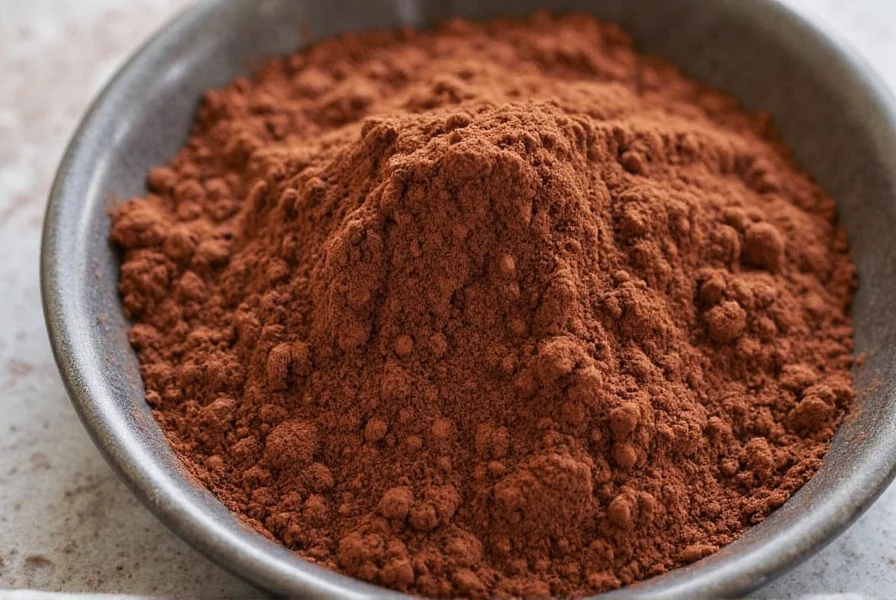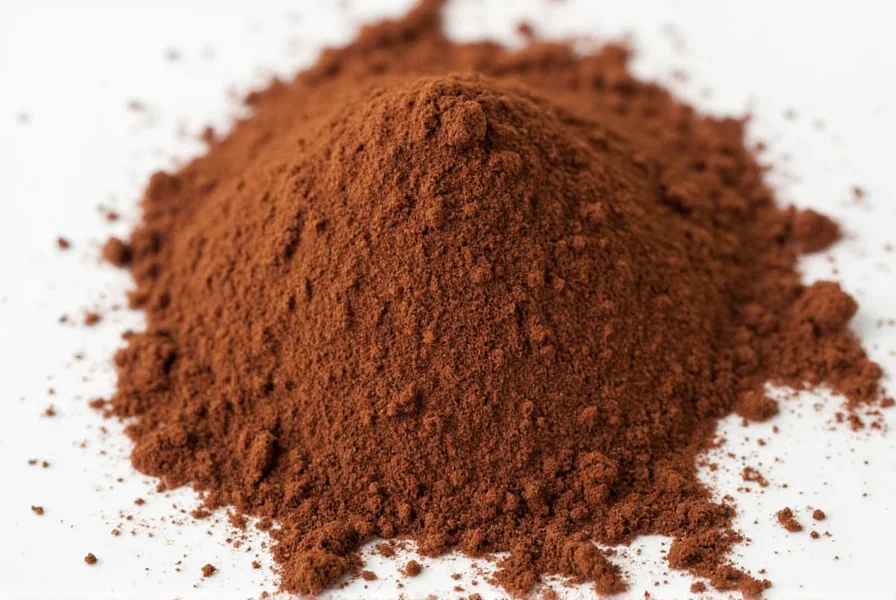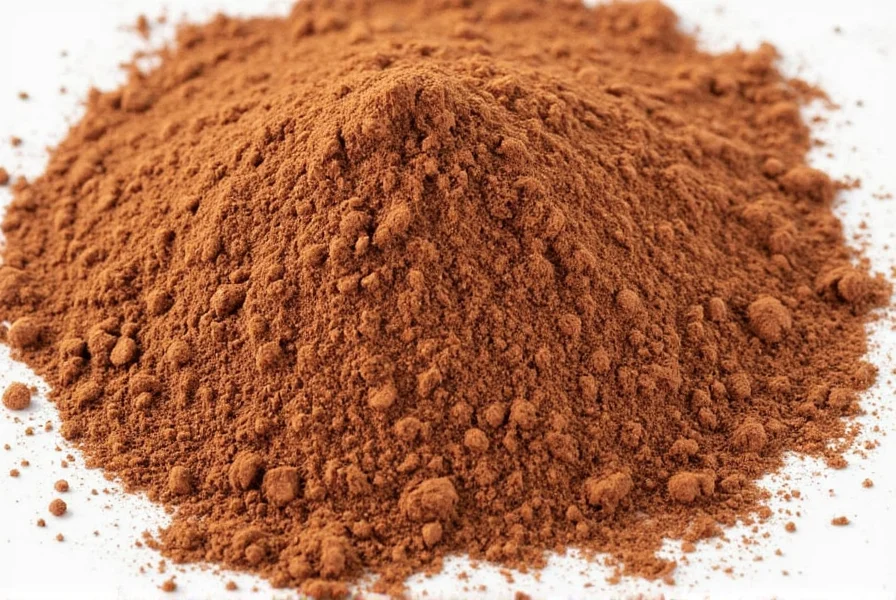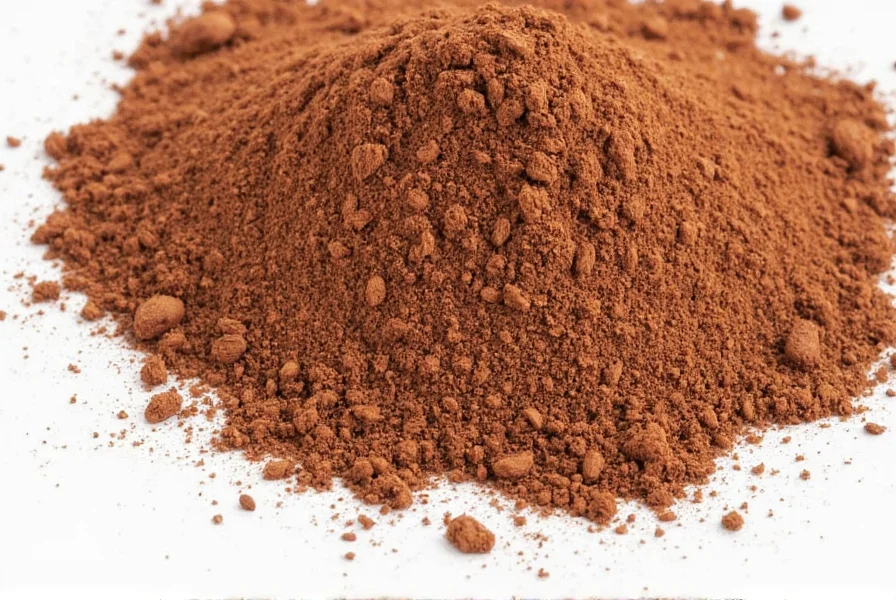If you’ve ever wandered through an Asian market and caught a whiff of something mysteriously fragrant, earthy, and just a little minty—you might have encountered the elusive caocao powder. But what is it exactly? Is it a spice? A herb? A magical flavor enhancer?
In this article, we’ll dive deep into the world of caocao powder—from its origins and flavor profile to creative ways you can incorporate it into your everyday cooking. Plus, we’ll give you a handy buyer’s guide so you know which brand to reach for when you spot it at your local specialty store.
Table of Contents
- What Exactly Is Caocao Powder?
- Flavor Profile: What Does It Taste Like?
- 7 Practical Tips for Cooking with Caocao Powder
- Comparison Table: Top 5 Brands of Caocao Powder
- Buying Guide: Choosing the Best Caocao Powder
- Final Thoughts & Why You Should Try It Today

What Exactly Is Caocao Powder?
Caocao powder—also known as cacao tea or sometimes mistaken for cacao (but not the same!)—comes from the dried leaves of the Osbeckia chinensis, a plant native to Southeast Asia. Despite its name, it has no relation to chocolate (cacao). Instead, it’s used extensively in traditional Chinese medicine and culinary practices for its aromatic properties and potential health benefits.
Historical Roots
- Used for centuries in folk remedies for digestive aid and detoxification
- A popular ingredient in herbal teas and desserts across Vietnam and southern China
- Gaining popularity in Western kitchens as a natural food coloring and aromatic additive
Flavor Profile: What Does It Taste Like?
Caocao powder isn’t spicy like chili or bold like black pepper—it’s more subtle and nuanced:
- Earthy: Reminiscent of forest floor or wild herbs
- Minty undertones: Some compare it to a cross between mint and lemongrass
- Slightly bitter: Similar to green tea or matcha
- Vegetal sweetness: Offers a gentle backnote that complements both savory and sweet dishes
How It Differs From Similar Ingredients
| Ingredient | Origin | Flavor | Common Uses |
|---|---|---|---|
| Caocao Powder | Southeast Asia | Earthy, minty, slightly bitter | Herbal drinks, desserts, soups |
| Cacao Powder | Central/South America | Bitter-chocolaty | Baking, beverages |
| Matcha Powder | Japan | Grassy, umami, slightly sweet | Teas, smoothies, desserts |

7 Practical Tips for Cooking with Caocao Powder
- Infuse Into Broths: Add a teaspoon to clear broths for a mysterious depth of flavor.
- Colorful Desserts: Mix into batters for green-hued pancakes or sponge cakes.
- Smoothie Boost: Blend a pinch into your morning smoothie for a refreshing twist.
- Herbal Tea Base: Boil with sugar and pandan leaves for a soothing drink.
- Spice Rub for Grilled Meats: Combine with garlic, salt, and oil for a unique marinade.
- Rice Enhancer: Sprinkle over steamed rice or mix into rice flour for dumpling wrappers.
- Ice Cream Swirl: Make a paste with water and swirl into homemade ice cream bases.
Comparison Table: Top 5 Brands of Caocao Powder
| Brand | Source | Purity | Price Range | Best For |
|---|---|---|---|---|
| VietNature Organics | Vietnam | 100% pure | $9–$12/100g | Health-conscious users, organic recipes |
| DragonHerb Premium | China | Organic certified | $7–$10/100g | Chef-level applications, professional kitchens |
| Lucky Leaf Essentials | Thailand | Natural blend with minimal additives | $6–$8/100g | Home cooks looking for balance of quality and affordability |
| Green Valley Naturals | Malaysia | Non-GMO, gluten-free | $8–$11/100g | Smoothies, baked goods, herbal teas |
| Asian Pantry Co. | Imported from various sources | Blended with stabilizers | $5–$7/100g | Casual use, beginners |

Buying Guide: Choosing the Best Caocao Powder
With so many brands on the market, how do you choose the right one for your needs? Here are key factors to consider:
1. Purity and Sourcing
Look for products labeled “100% pure” or “organic.” Avoid those with added fillers unless you’re okay with a diluted version.
2. Origin Matters
- Vietnamese: Known for high aroma and minty notes
- Chinese: Often darker, stronger, earthier
- Thai/Malaysian: Balanced profiles ideal for desserts
3. Price vs Quality
You don’t always need to splurge, but investing in higher quality pays off in flavor and versatility.
4. Packaging
Choose dark glass jars or resealable pouches to protect against light and moisture, preserving freshness longer.
5. Culinary Use Cases
- For baking/desserts: Choose lighter, mintier varieties
- For soups/stews: Darker, more robust options work best
- For tea blends: Go for finely milled powders that dissolve easily

Final Thoughts & Why You Should Try It Today
Caocao powder may not be the first thing you think of when stocking your spice rack, but once you unlock its full potential, you’ll wonder how you ever cooked without it. Whether you're a curious home cook or a seasoned chef experimenting with global flavors, caocao brings a unique combination of taste, color, and cultural flair to your kitchen.
Quick Recap:
- Caocao powder comes from the Osbeckia chinensis plant, not related to cacao
- Offers an earthy, minty, slightly bitter flavor
- Ideal for both sweet and savory dishes
- Check purity, origin, and intended use before buying
Ready to Level Up Your Spice Game?
Grab a bottle of caocao powder and start experimenting today. Whether you make a vibrant dessert, infuse it into a broth, or simply brew it into a cup of tea—the possibilities are endless!

Explore More Spice Basics
If you loved learning about caocao powder, stay tuned for our next deep dives into lesser-known spices from around the world. There’s always more flavor to discover!










 浙公网安备
33010002000092号
浙公网安备
33010002000092号 浙B2-20120091-4
浙B2-20120091-4